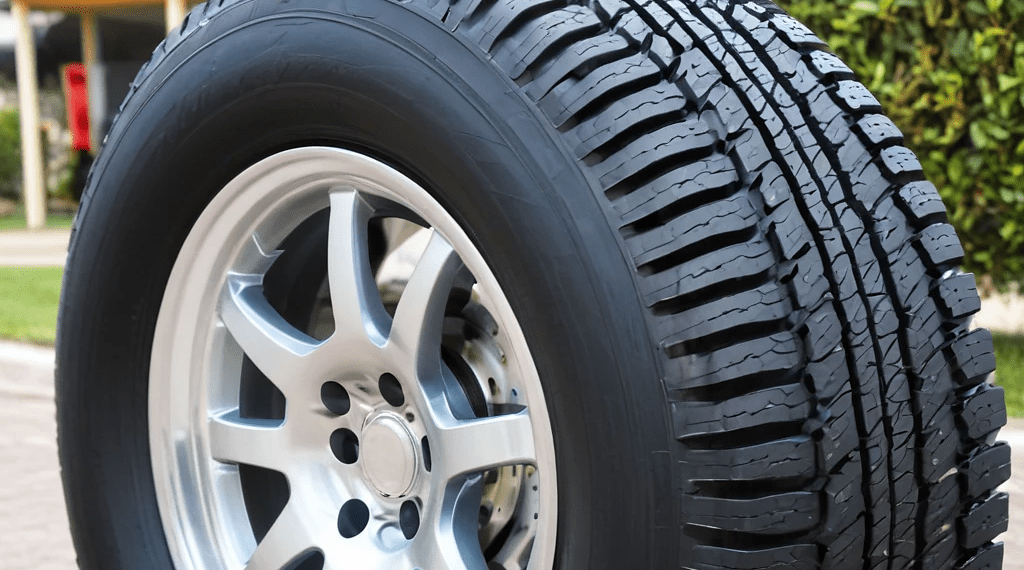In a major milestone for sustainable technology, New Zealand-based clean-tech company CarbonScape has been officially granted a European Union patent for its innovative biographite production process. The development is expected to dramatically reshape the electric vehicle (EV) battery supply chain by offering an eco-friendly alternative to traditional graphite—a key material in lithium-ion batteries.
The Challenge with Traditional Graphite
Graphite plays a critical role in EV batteries as the primary material used in anodes. However, the global supply of graphite has long been fraught with environmental and geopolitical challenges. Synthetic graphite, commonly used in high-performance batteries, is energy-intensive and derived from petroleum coke, resulting in high carbon emissions. Natural graphite, often sourced through mining, raises concerns about ecological degradation and unsustainable extraction practices.
CarbonScape’s Breakthrough: Biographite
This novel material serves as a carbon-negative substitute for synthetic and mined graphite, aligning with global efforts to reduce the carbon footprint of EVs.
Unlike traditional graphite production methods that require extreme heat of up to 3,000°C, CarbonScape’s process operates at significantly lower temperatures, around 1,500°C. Most notably, the production of biographite can actually remove more carbon dioxide from the atmosphere than it emits, making it a potentially revolutionary contributor to climate change mitigation.
EU Patent Strengthens Global Reach
With the newly issued EU patent, CarbonScape secures exclusive rights to its biographite technology in one of the world’s largest EV markets. The patent provides legal and commercial leverage as the company accelerates its plans to scale up production in Europe and beyond.
“It not only validates the uniqueness of our technology but also paves the way for localizing battery supply chains with a sustainable, homegrown solution.”
Localizing and Decarbonizing the Battery Supply Chain
One of CarbonScape’s major strategic advantages lies in its ability to decentralize production. By building smaller, localized plants near battery manufacturing hubs, the company can reduce transportation emissions and improve supply chain resilience.
According to internal estimates, producing biographite could avoid up to 30 tons of CO₂ emissions for every ton manufactured, compared to traditional graphite. As countries strive to meet ambitious net-zero goals, this kind of innovation could become indispensable.
Global Expansion and Strategic Partnerships
CarbonScape has already begun setting the groundwork for expansion. Commercial-scale production is projected to begin by 2029, with a goal of meeting at least 50% of the projected graphite demand for EV and grid-scale batteries by 2030.
These partnerships are expected to provide both financial support and industrial know-how needed to accelerate commercialization.
Sustainability at the Forefront
The move to biographite underscores a larger trend in the EV industry toward greener and more ethical sourcing of battery materials. As regulatory bodies in the EU and elsewhere implement stricter sustainability requirements, CarbonScape’s technology positions itself as a forward-looking solution ready for rapid adoption.
“With this patent, we’re not just protecting a technology—we’re setting a new standard for what sustainable battery materials should look like,” Williams emphasized.
Outlook
As the automotive world shifts gears toward zero-emission mobility, innovations like biographite could be the missing link in creating truly green batteries—from the source to the road.
If scaled effectively, CarbonScape’s approach could offer the EV industry a blueprint for sustainable growth—one that is not only more environmentally responsible but also more resilient to supply chain disruptions.

